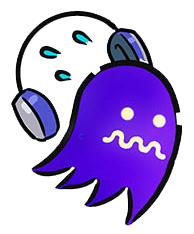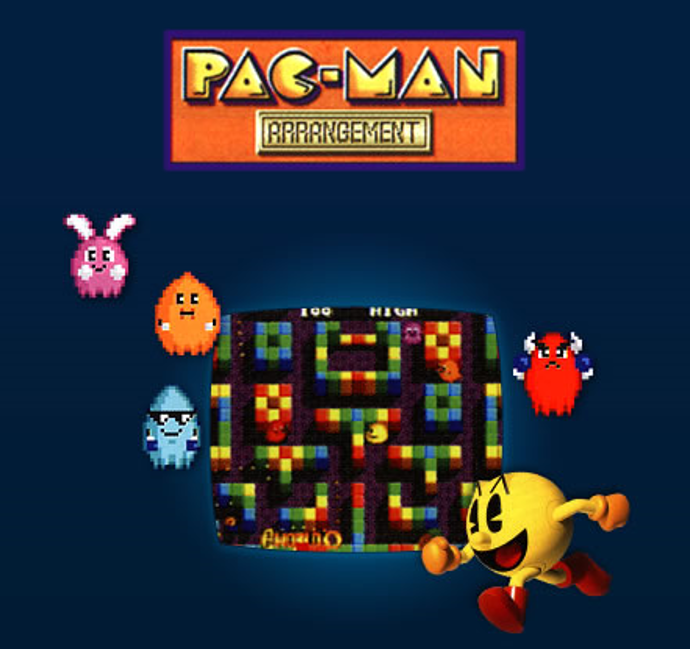

There is, however a bit of a twist: when there are 20 dots left in the maze (increasing at higher levels), Blinky’s speed will increase slightly. In chase mode, Blinky’s target is Pac-Man, and the ghost will hunt the player constantly until its pattern switches to scatter mode, when it heads back to its corner of the maze. Of all the ghosts, this one’s the easiest to describe. The way each ghost pursues the player is defined by its unique, pre-programmed behaviors. As the name implies, this means the ghosts will start to actively pursue the player until they switch back to scatter mode. (There's also a third mode, "frightened," after Pac-Man eats a power pellet, but we're ignoring that for now since it's when the player has the power.)Īs the target square isn't actually reachable, once they’ve reached their target zone, the ghosts will follow a looping path around their individual corners for a few seconds before they switch over to chase mode. Pinky, the pink ghost, will head for the top left of the maze Blinky the top right blue ghost Inky the bottom right Clyde the orange ghost, bottom left. The ghosts, therefore, cycle between two states, which Jamey Pittman, writing on his website The Pac-Man Dossier, calls "scatter mode" and the "chase mode." In scatter mode, each ghost will head for a target in its own pre-defined corner of the screen. A less ambitious designer might have programmed the ghosts so that they constantly follow the player around, ultimately boxing them into a corner and relieving them of one of their lives. Iwatani realized, however, that a constant sense of pressure would make for a stressful-and perhaps not particularly fun-game, so he made sure that the ghosts’ behavior changed every few seconds.

When a new game of Pac-Man begins, only one ghost is present in the maze: the red one, Blinky. Gradually, more ghosts enter from the holding pen-widely dubbed the 'ghost house' in the center of the screen. Here’s a brief look at the rules behind Pac-Man’s ghosts. The programming behind these individual ghosts is governed by an ingenious-but-simple set of behaviors, and understanding them is key to mastering the game. The start of the game even gives them names: Blinky, Pinky, Inky and Clyde. Even better, Iwatani programmed the ghosts so that each has its own unique set of movements and quirks.

Eating the ghosts in these few precious seconds will net you extra points, but only buy you a short grace period before they re-emerge to chase you down once more.ĭesigner Toru Iwatani once said that Pac-Man would have been boring had it simply been about collecting pellets, so he added the ghosts as an additional layer of challenge. You're not powerless against the googly-eyed hunters though-the power pellets located around the screen render the ghosts vulnerable and suddenly keen to avoid your attention, making you the pursuer. We doubt you need a refresher but just in case: you're the hungry yellow blob with the unenviable task of traversing a maze and eating all the dots within it as a quartet of ghosts chase you, block your path, and generally make your life more complicated. And while the machines themselves have dwindled somewhat in our public spaces, Pac-Man still thrives on consoles and mobile phones. Developed by Namco, the pill-munching maze game remains a pop culture staple despite the fact that most of us rarely step foot inside an arcade anymore. In the 37 years since it quietly slipped into Tokyo arcades, Pac-Man has become a global phenomenon.


 0 kommentar(er)
0 kommentar(er)
